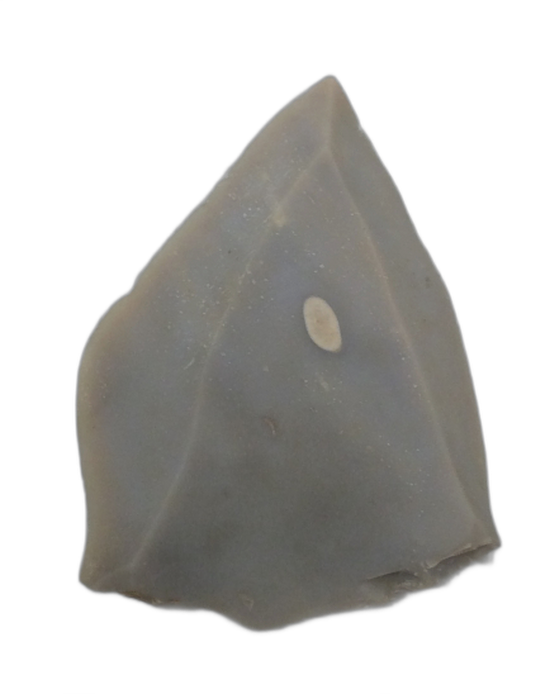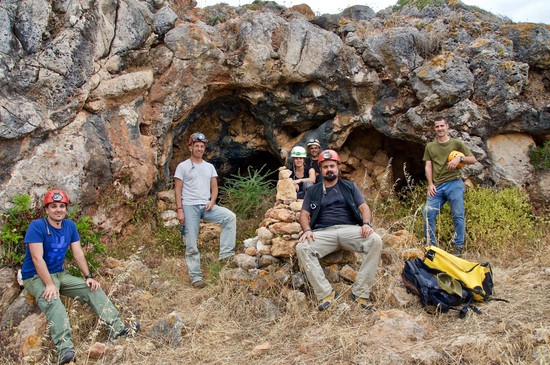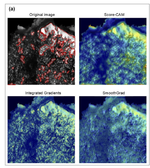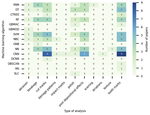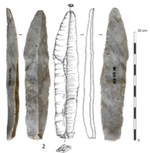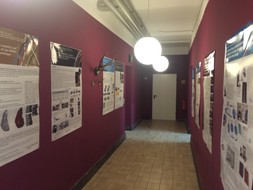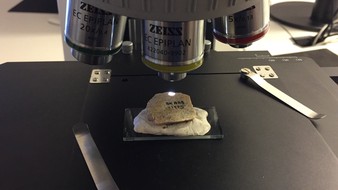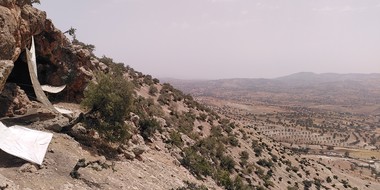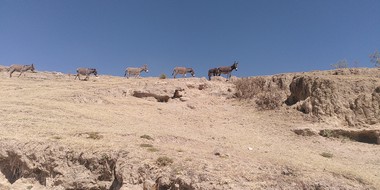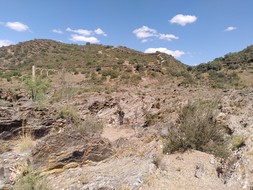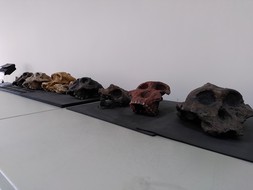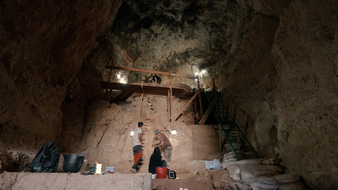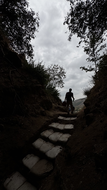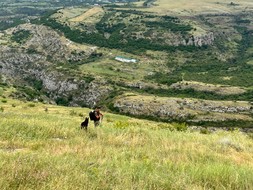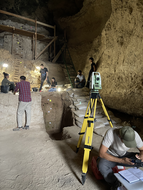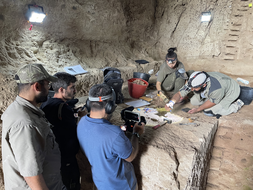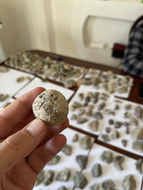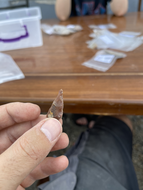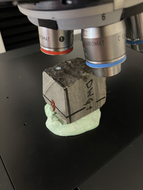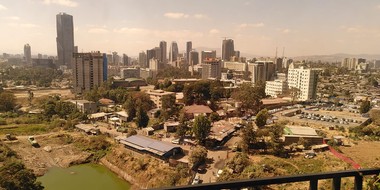João Marreiros
Research Group Leader
Leibniz Zentrum für Archaeologie (LEIZA) - MONREPOS
ICArEHB, University of Algarve
About me
Welcome! I’m an archaeologist, currently working as a Research Group Leader at the Laboratory for Traceology and Controlled Experiments (TraCEr) at LEIZA - MONREPOS, and I’m also a Researcher at the ICArEHB.
I am passionate about the evolution of technology. As an achaeologist, I’m interested in unravelling major steps on early hominin technological evolution, with a special focus on how stone tools were designed and used. I found it intriguing how technological choices made in the past guided us to what we are today. To investigate this topic, I focus on artefact analysis, laboratory experiments, and excavation of palaeolithic sites.
This independent website is about my research on Pleistocene Archaeology! The main aim is to disseminate my research, and share data and details about my projects in the lab and field. Feel free to get in touch!
I’ll regularly update this site with news on my projects, brief intros to my most recent published papers and other research material. You can also find me online on Bluesky (I am not using X anymore).
Interests
- Human behaviour
- Stone tool production, design and use
- Past hominin technological innovations
- Palaeolithic archaeology
- Archaeological survey and excavation methods
- Robots in experimental archaeology
Education
PhD in Prehistoric Archaeology, 2010-2013
Universidade do Algarve
MA in Archaeology, 2007-2009
Universidade do Algarve
BA in Cultural Heritage, 2003-2007
Universidade do Algarve

